The calendar showed November 16, 1938, when the Swiss chemist Albert Hoffmann first prepared a semisynthetic substance, lysergic acid diethylamide, from an alkaloid extract of erysipelas, a fungus that commonly grows on rye. Hoffmann didn't know what his mixture could be used for, but he gave it the name Lyserg-Säure-Diethylamid and in short, LSD. The discovery was made in the laboratories of the pharmaceutical company Sandoz, in Basel, Switzerland, as part of a large research program to study the medical use of chemical derivatives of medicinal herbs.
Five years later, on April 16, 1943, Hoffman accidentally swallowed a few micrograms of LSD and immediately realized that it was a hallucinogenic substance. Three days later, on April 19, he administered himself - now on purpose - the amount of 250 µg (micrograms), to make sure of the effect of LSD on his body. He considered that 250 µg "was the limit needed to draw safe conclusions", always based on other, similar substances he had examined in the past.
In the end it turned out that the effect of LSD was much stronger than he expected. He immediately compiled a report of his findings from that strange discovery.
THE FIRST RECORDING OF THE EFFECTS OF LSD
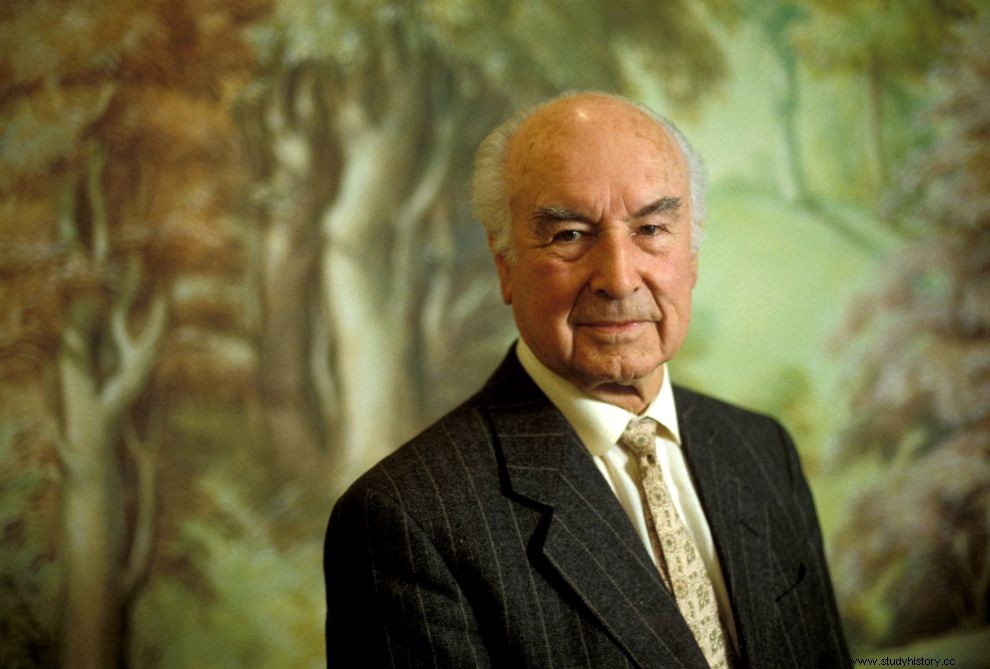
"It is particularly important to note," wrote Hoffmann, "that all sounds (e.g., the sound of a passing car) are converted into visual impressions, so that to each noise corresponds an image that changes shape and color as in a kaleidoscope".
This was the first recorded human effect of LSD, a hallucinogen that is five thousand times more potent than mescaline, a substance derived from the peyote cactus plant in Mexico. Today, 83 years after Hoffman's discovery, the Magazine documents the presence of LSD in medicine, in CIA and military experiments, in psychology and of course in the "counterculture" of the 60s and its influence on art and music.
We return to Basel, where after Hoffmann's report on the action of LSD became known, research on the new substance continued in the Sandoz laboratories. The pharmaceutical company finally introduced LSD in 1947 as a psychiatric drug, which it even called a "panacea," treating everything from schizophrenia and criminal behavior to sexual perversions and alcoholism.
It began to be used experimentally in medicine as a psychomimetic agent, that is, to "create" similar mental states as those occurring in various mental illnesses, in order to study the effects, symptoms, consequences and possible treatments.
THE CIA AND MILITARY EXPERIMENTS
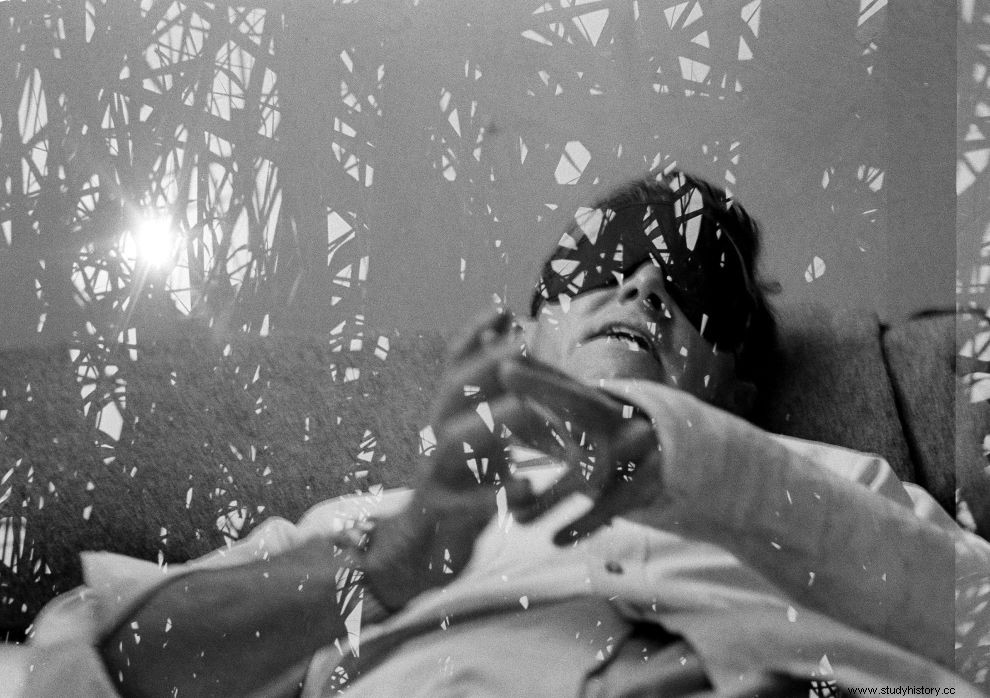
Those who did not take long at all to be interested in the new substance were on the one hand the CIA and on the other the American army. The US Central Intelligence Agency began in April 1953 a secret, illegal program codenamed Project MKUltra. It was a series of experiments aimed at developing procedures using LSD to be used in interrogations and to extract confessions through brainwashing and psychological torture.
MKUltra used many methods to manipulate the mental state and brain functions of its interrogators, such as secretly administering large doses of psychoactive drugs, chief among them LSD.
In order for this program to work, the CIA imported LSD into the U.S. In fact, it bought as much as Sandoz had available for $240,000, and then began distributing the substance to hospitals, clinics, prisons, and research centers across the country. without of course - with very few exceptions with volunteer programs - the "recipients" knowing that they were playing the role of "experimental animals"!
Doses of LSD were administered to CIA employees, military personnel, other government agents, prison inmates, prostitutes, the mentally ill, as well as ordinary citizens, in order to study their reactions and then apply them to interrogations.
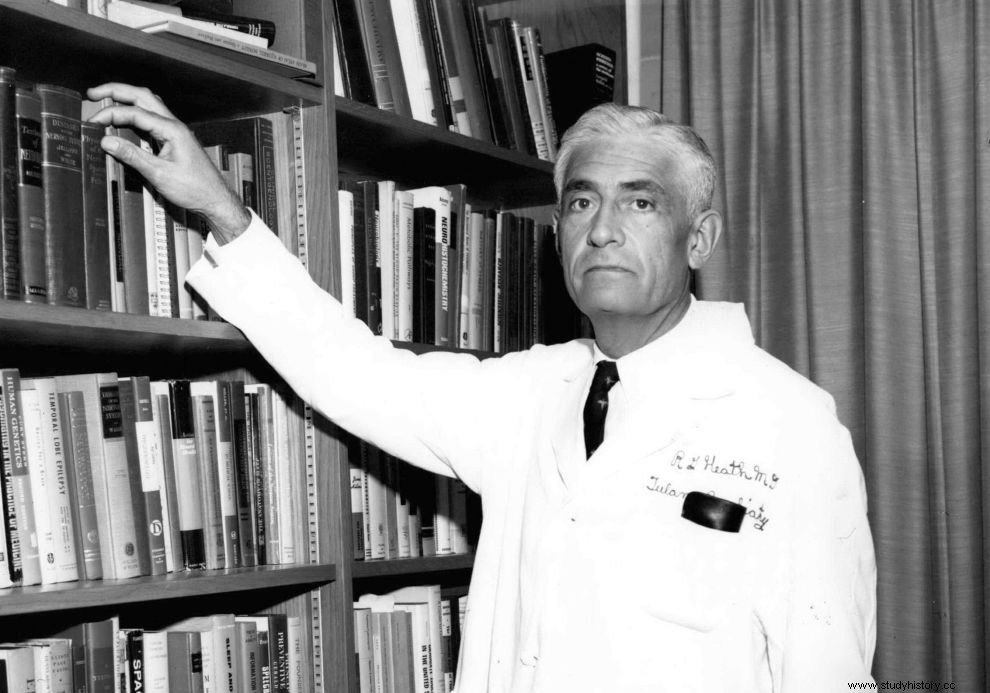
MKUltra ceased operations in 1973, but two years later its illegal activities were exposed, raising a storm of reactions not only in the US, but also in Canada, after it became known that the CIA was also administering doses to unsuspecting Canadian citizens. A federal investigation was launched, but CIA Director Richard Helm had in 1973 ordered the destruction of all records relating to the program.
Nevertheless, in 1977, 20,000 documents related to MKUltra's activity were found and Senate hearings began. In 2001 and also in 2018, some more documents related to the CIA's dealings with LSD were declassified.
But the American army also wanted to take advantage of LSD, turning it into a weapon. The military researchers who dealt with the new substance, presented in detail in their various reports, the possibilities that the hallucinogen could offer in war conditions.
It has been estimated that twenty liters of LSD, dissolved in drinking water, was enough to completely delirious, and for many hours, a population as large as that of the United States! The military also collaborated with the CIA, administering LSD to - unsuspecting of course - soldiers, but ultimately research concluded that the effect of the substance varied from person to person, so it could not guarantee successful results in prisoner interrogations.
THE TERM PSYCHEDELIA AND LSD
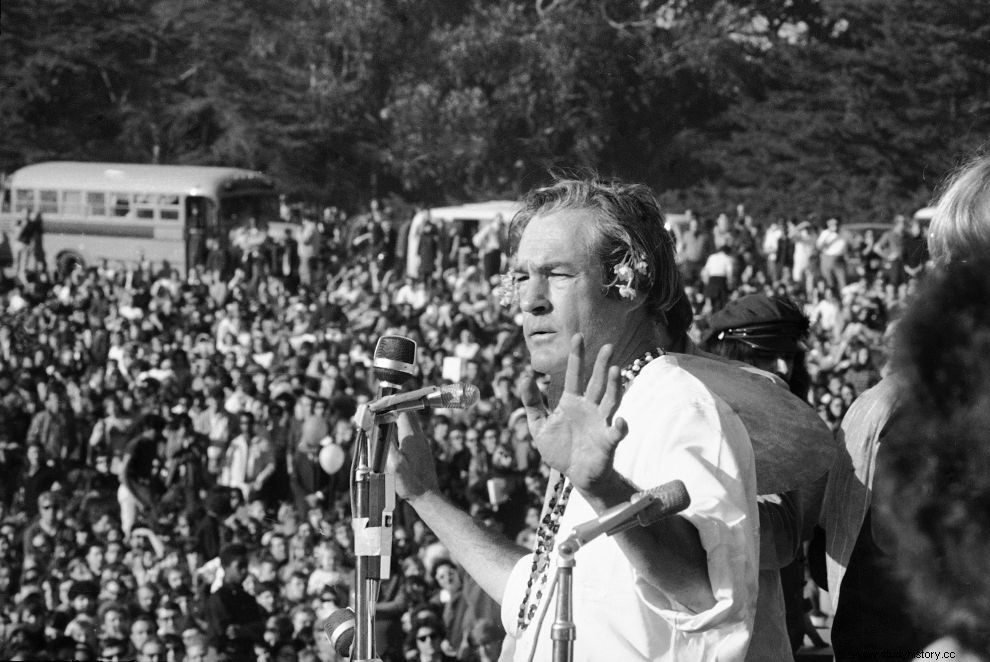
In 1963, Sandoz's patent on LSD expired, which meant that it could now be made freely by other pharmaceutical companies or chemical laboratories. At that time, its use was suggested for the treatment of neuroses, but also for the treatment of alcoholism.
But at the same time, the use of LSD began to be openly promoted by various "gurus" of hallucinogens, such as Aldous Huxley, Timothy Leary, Al Hubbard and Alan Watts. All of them, through their writings and their speeches, deeply influenced the thinking of the new generation of Americans, who were entering the 60s, "open" to everything, to every "challenge", ready to try everything.
In 1956, the British psychiatrist Humphrey Osmond was the first to use the term psychedelia, suggesting it, in a letter to Aldous Huxley, as the most appropriate to describe the experience of hallucinogenic substances. Timothy Leary, professor of psychology at Harvard University, had "met" the world of hallucinogens already in 1960, when on a trip to Mexico, he tried "holy" mushrooms, traveling to a new world, that of ecstasy. So having this experience, he took Hoffmann's discovery and "popularized" it, organizing seminars and distributing LSD to more than a thousand people.
THE SAN FRANCISCO LSD DISTRIBUTION CENTER
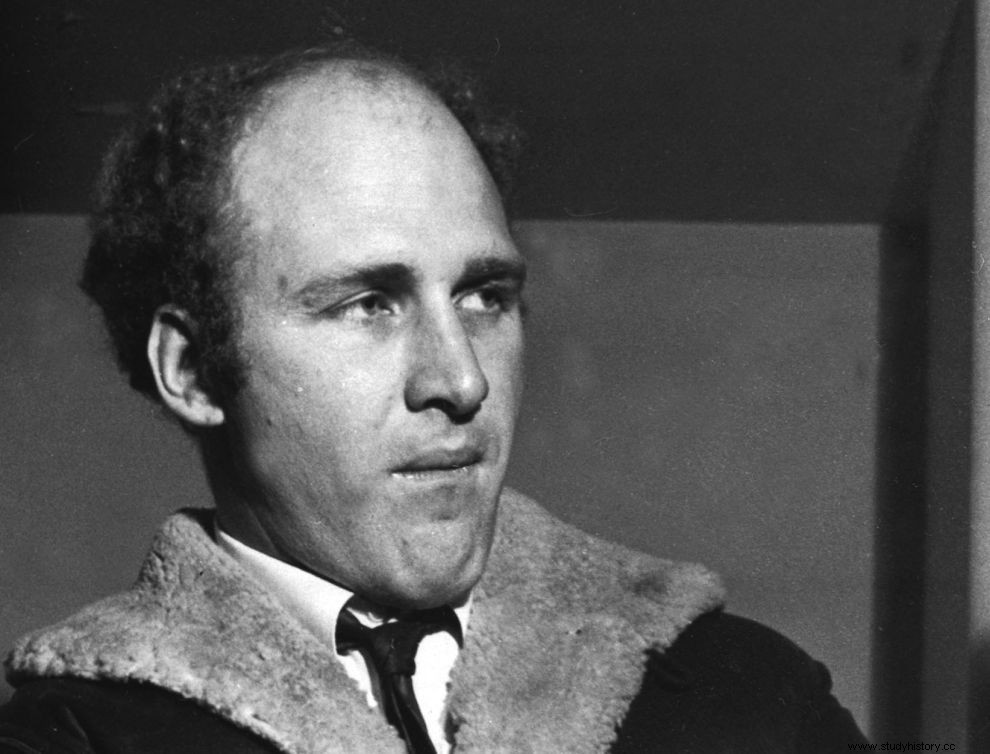
Since the beginning of the 60ties, the beat writers had first shown the way of "escape". Works like Allen Ginsberg's "Scream" and Jack Kerouac's "On the Road" gave many young people the stimulus for a bohemian life, full of joints and dreams of a new world.
San Francisco at the time was "a hedonistic city that favored extreme and flashy behavior," in the words of Jefferson Airplane guitarist Paul Kantner. "Frisco" was also the field of action of Ken Kesey, author of the novel "The Cuckoo's Nest" (1962), who soon became "devoted" to LSD and influenced the still unborn psychedelic scene, associating with young people such as Jerry Garcia (future leader of the Grateful Dead).
Pushed by Casey and "Bear" Augustus Owsley Stanley III (a notorious drug manufacturer and supplier), LSD spread to San Francisco and became the "dividing line" between beatniks and the new culture.
It was the representatives of the beat themselves who coined the term hippie to distinguish their own movement from "a group of spoiled teenagers looking for vagrancy". This "group" very quickly grew up, wore ragged clothes, consumed "vast areas" of hashish, "studied" psychedelic literature books (by Tolkien, Huxley, etc.) and embraced the ritual of LSD, which for the hippies was the very "revelation".
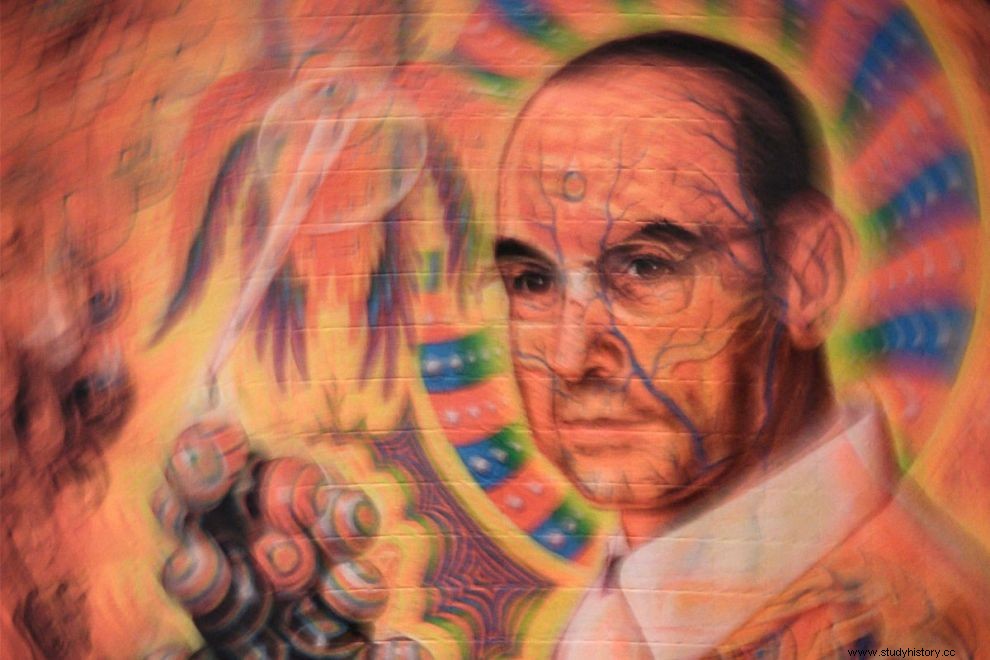
Alan Watts, a great scholar of the East and the one who introduced Westerners to Buddhism, Taoism and Hinduism, praised LSD in his book, Happy Cosmology (1962). The surface of a wall, a broken glass, a piece of star coral, became subjects of contemplation, enclosing the whole universe within them.
"There is no difference in principle," wrote Watts, "between sharpening perception by an external instrument, such as a microscope, and sharpening it by an internal agent, such as a hallucinogenic drug. If the drug offends the dignity of the mind, then the microscope insults the dignity of the eye".
Watts argued that "drugs impart no more wisdom than the microscope imparts knowledge." For him, LSD was a tool, a key that opened the gates of perception. The sharpening of the senses (light, sound, taste, touch) opened the way to a new level of consciousness.
In 1966, the word "psychedelia" appeared for the first time in music, a decade after its invention. It was the title of the 13th Floor Elevators LP, "The Psychedelic Sounds of the 13th Floor Elevators". Already a year earlier, the introduction of LSD into the music scene of San Francisco, had brought with it a wind of madness and "gave birth" to a dynamic counterculture that very quickly began to radiate and create.
THE TRIPS OF HALLUCINATION GENERATORS

Rock, which was now directly related to and inspired by drugs, became increasingly powerful, clashing head-on with the soft tones of the 50s. For the young hippies, marijuana, mescaline, hallucinogenic mushrooms, amphetamines, and especially LSD, "that makes you trip, man," was the possibility of escape from the dominant culture that was oppressive and tyrannical, but it was also a means of freeing the spirit from the shackles of taboos and establishment norms, trying new experiences, vibrating with the transcendent harmonies of a world light years away from the entirety of American society.
Taking hallucinogens was called a "trip" and indeed it had all the characteristics of a trip:departure, visit, return from strange, colorful places.
Timothy Leary and Richard Alpert, a colleague of the former at Harvard, published in 1963 in the "Harvard Review" an article entitled "The Right to Override":"Ladies and gentlemen, the game is changing. Man has finally reached the point of using this amazing electrical grid that hides his skull. Today's social institutions would do well to start preparing for this change." A few weeks later, both were fired from their positions at the University!
HIPPY COUNTERCULTURE AND LSD
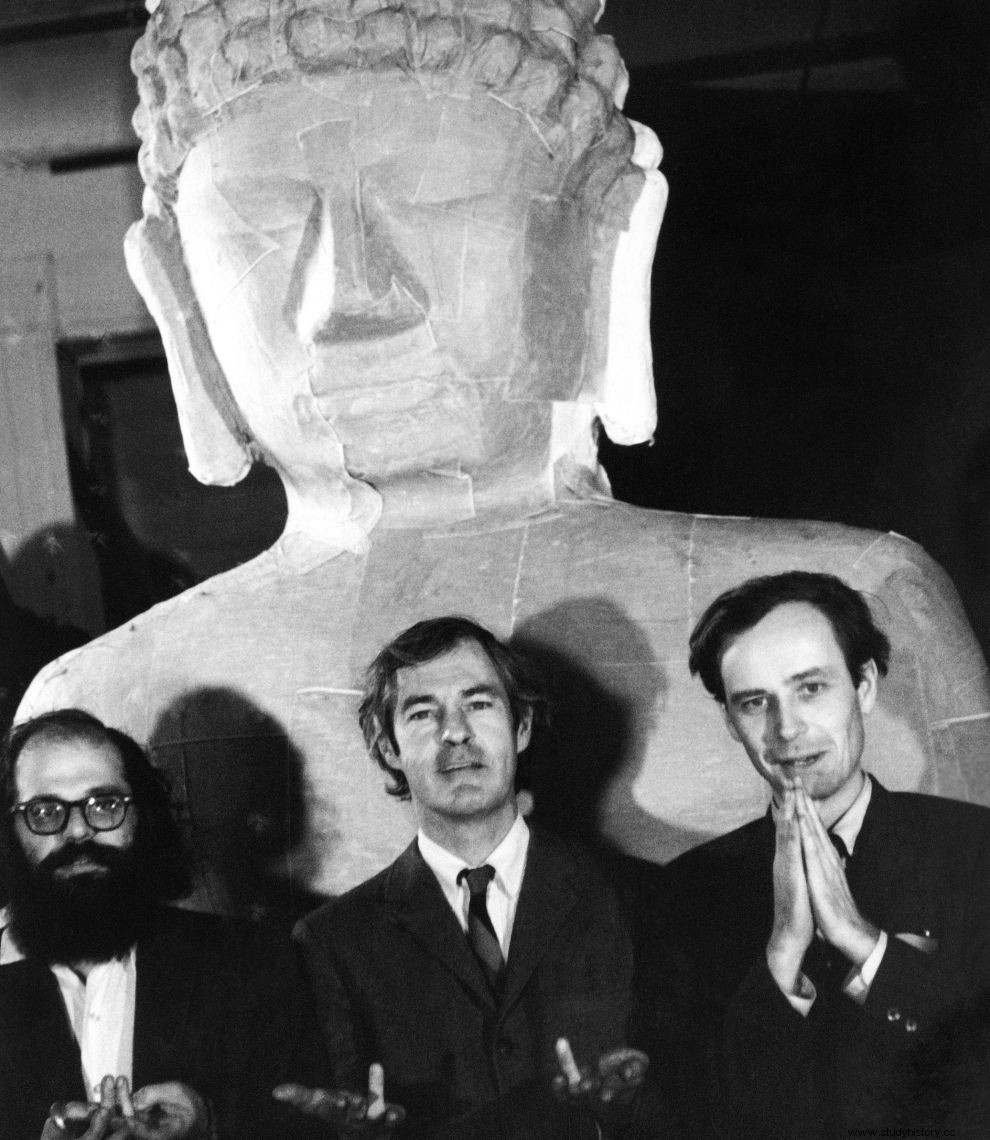
Leary and Alpert, in the early 1960s, had started a program at Harvard investigating the effect and side effects on the human body of psilocybin, a natural psychotropic substance produced mainly from psilocybe mushrooms in Mexico, a still Albert Hoffmann's discovery in the Sandoz laboratories in Switzerland. Famous intellectuals and musicians such as Allen Ginsberg, Jack Kerouac and Charles Mingus had volunteered for this program. Meanwhile, to return to rock music, more and more bands and artists had begun to use LSD, mainly in America and Britain.
Grace Slick, lead singer of the band Jefferson Airplane, eloquently articulated what was the greatness but also the impasse of the psychedelic experience:"Our generation didn't have a challenge to answer. We kind of tried to challenge ourselves." A generation that went from black and white to color, perpetual celebration, Dionysian music, free love and brotherhood.
Drugs, music and sexuality marched hand in hand at the heart of the hippie counterculture. An important role in the even greater spread of LSD among young people was also played by the Merry Pranksters, a group of followers of the writer Ken Kesey.
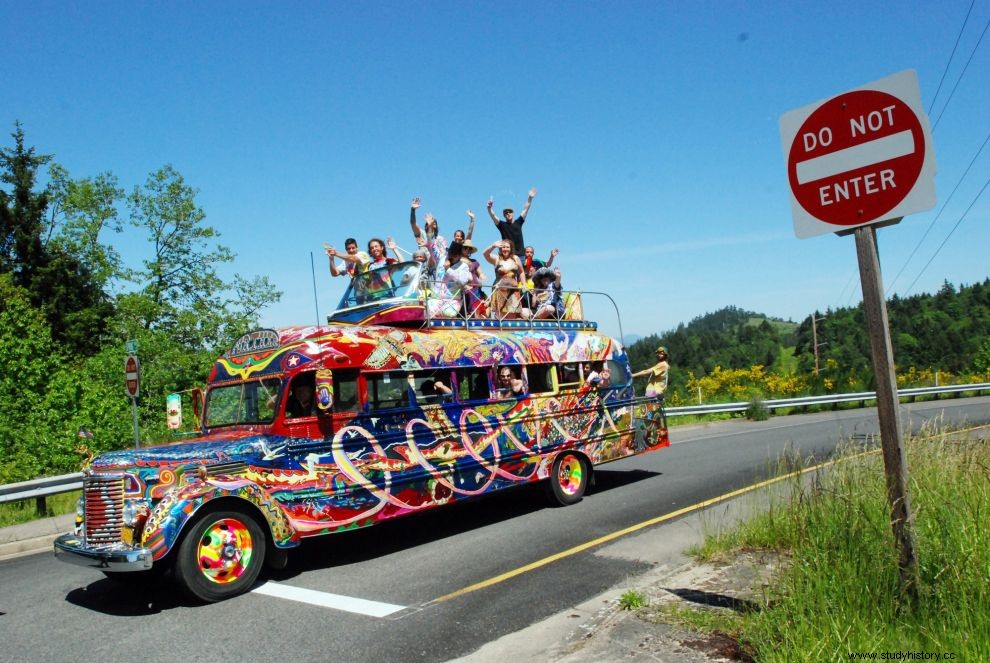
The Pranksters organized from 1964 onwards the famous Acid Tests, a series of parties in the greater San Francisco area, at which there was free access to LSD (which Casey supplied), light-shows, film screenings and improvised music, known as the "psychedelic symphony". The Pranksters popularized LSD across America by road tripping in a psychedelic-decorated school bus. On these trips, they distributed free LSD, met with important figures of the beat movement, and published leaflets about their activities. In January 1966, two brothers, Ron and Jay Thelin, took the next step.
They opened the "Psychedelic Shop" in San Francisco's Haight Ashbury district, promoting the safe use of LSD, which was still legal in California. This particular store became known throughout America and helped make Haight Ashbury the unofficial capital of the hippie counterculture and a year later, in 1967, the base of the famous "Summer of Love."
Ron Thelin was the one who organized the protest march in San Francisco when LSD was banned in the state in October 1966. The "Psychedelic Shop" finally closed after only 18 months of operation, but managed to play an important role in the even greater spread of LSD.

On the other side of the Atlantic, the key man in making LSD known in Britain was Michael Hollingshead, who had first tried the hallucinogen in 1961 in America, when he was executive secretary of the Institute for American-British Cultural Exchange. After his first "trip", Hollingshead came into contact with Huxley, who introduced him to Leary and Alpert.
The three of them experimented with LSD for years in New York, until 1965, when Hollingshead returned to England and founded the "World Psychedelic Center" in London's Chelsea district. But time to return to music again.
In "Frisco Bay", in the mid-60s, the first two bands that were the pioneers of the psychedelic movement in music were formed:the Warlocks (later renamed the Grateful Dead) and the Jefferson Airplane. Big Brother and the Holding Company, Quicksilver Messenger Service and Country Joe and the Fish followed, while the dominant folk gave way to the electric guitar, clearly influenced by British bands and especially by the Beatles, whose songs "Rain" and "Tomorrow never knows", which were directly inspired by experiments with LSD, made a huge impact.
ROCK MUSIC AND LSD

The new bands that began to spring up across America filled their repertoire with songs written under the influence of LSD. The peculiarity of these bands was that their music made sense when heard in concerts, where the audience was in the same state as the group, that is, having used hallucinogens.
This was also the main reason why their recordings on LPs did not stand the test of time (apart from a few masterpiece albums), with the result that the majority of psychedelic bands turned out to be short-lived. From 1965 onwards, rock's top acts began to release compositions that either referenced LSD or were written under its influence.
The Beatles, The Rolling Stones ("Something happened to me yesterday"), The Byrds ("Eight miles high"), The Beach Boys ("Pet Sounds"), Love, Pink Floyd, The Doors, Jimi Hendrix, the Moody Blues, the Small Faces. Traditional harmonies could no longer convey the intensity of the experience, so the "distortion" of music itself began. So reverb, fuzz, wah-wah pedals, anything that studio technology could offer to create an atmosphere that "reveals the soul", a "perception" of the dreamlike or even nightmarish appeared. , μια αίσθηση χώρου που θα θα οδηγούσε στη "διεύρυνση του μυαλού" ("Mind expansion").
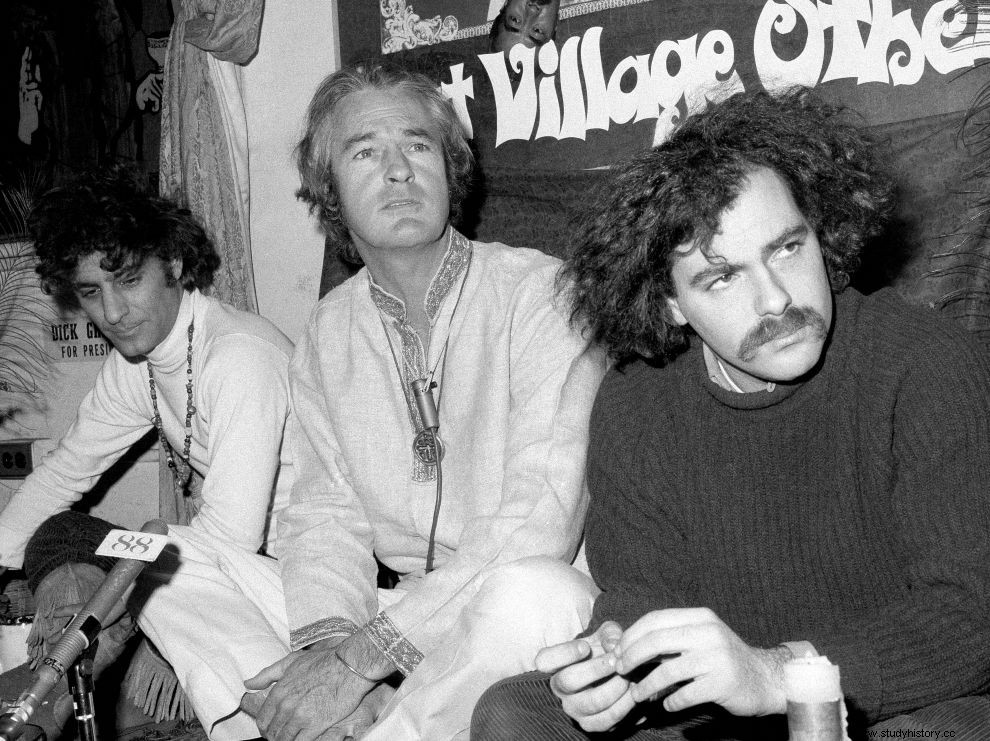
Ο Μάικλ Μόλινγκσχεντ είχε "προσηλυτίσει" πολλούς διάσημους στον κόσμο του LSD, ανάμεσά τους ξεχώριζαν οι Λένον, ΜακΚάρτνεϊ και Χάρισον, ο Κιθ Ρίτσαρντς, ο Ντόνοβαν, ο Χέντριξ, αλλά και ο Στορμ Θόργκερσον, ιδρυτής της περίφημης Hipgnosis, της καλλιτεχνικής ομάδας σχεδιαστών που ήταν υπεύθυνη για μερικά από τα πιο γνωστά και υπέροχα εξώφυλλα ροκ άλμπουμ, φτιαγμένα και αυτά υπό την επήρεια παραισθησιογόνων.
Το τριήμερο 21-23 Ιανουαρίου του 1966, το Σαν Φρανσίσκο έζησε το αποκορύφωμα των "τελετουργιών" του LSD, με τη διοργάνωση του Trips Festival στο Filmore Auditorium. Μέσα στο επόμενο εξάμηνο, ο πληθυσμός των χίπις στο Χάιτ-Άσμπουρι, από τα χίλια άτομα, έφτασε τις δεκαπέντε χιλιάδες.
Τον Ιούνιο του 1966 άνοιξε εκεί μια ανοιχτή κλινική (Free Clinic), με αποστολή να περιθάλπει τα θύματα των ναρκωτικών, ενώ άρχισε να κυκλοφορεί η εφημερίδα της κοινότητας των χίπις με τίτλο Oracle. Τα ειρηνιστικά ιδεώδη και ο πολιτικός ριζοσπαστισμός που γιγαντώθηκαν ως κίνημα στις ΗΠΑ, εκφράστηκαν λίγο αργότερα από το Youth International Party που ιδρύθηκε το 1968 από τους Τζέρι Ρούμπιν και Άμπι Χόφμαν, κηρύττοντας την πολιτιστική επανάσταση με βασικά συνθήματα το "Acid for all" ("ναρκωτικά για όλους") και το "We will burn Chicago to the ground" ("θα κάψουμε το Σικάγο"). Πίσω πάλι στο 1966 και το Χάιτ-Άσμπουρι, όπου οι αστυνομικές επιθέσεις στα κοινόβια πολλαπλασιάστηκαν, με κύριο στόχο το ίδιο το LSD.
Η ΟΡΙΣΤΙΚΗ ΑΠΑΓΟΡΕΥΣΗ ΤΟΥ LSD

Οι τοπικές αρχές της Καλιφόρνιας, αρκετά θορυβημένες από τη διάδοση των παραισθησιογόνων, που με τη σειρά τους οδηγούσαν στο κίνημα της αμφισβήτησης απέναντι στις παραδοσιακές αμερικάνικες αξίες, αποφάσισαν να απαγορεύσουν το LSD, το οποίο έγινε παράνομο στην πολιτεία από τον Οκτώβριο του 1966, όπως γράψαμε και πιο πάνω. Λίγους μήνες νωρίτερα, τον Απρίλιο του 1966, είχε σημάνει "συναγερμός" στον γαλλικό Τύπο με μια σειρά άρθρων που μιλούσαν για το "δηλητήριο" του πνεύματος:"Μια νέα εισβολή απειλεί τη Γαλλία, πολύ πιο επικίνδυνη από την απειλή των μπίτνικ. Και οι αρχές τους αφήνουν ελεύθερους". Το Paris-Match κυκλοφόρησε με τίτλο "LSD, νέος κίνδυνος για την ανθρωπότητα" και το Paris-Jour με το "Συναγερμός για το ναρκωτικό που τρελαίνει".
Τελικά, τον Οκτώβριο του 1968, απαγορεύτηκε η κατοχή του LSD συνολικά στις ΗΠΑ. Το 1971, τα Ηνωμένα Έθνη κάλεσαν όλα τα μέλη της που υπέγραψαν τη Σύμβαση για τις Ψυχοτρόπες Ουσίες, να απαγορεύσουν την κατοχή και χρήση του LSD. Σύμφωνα με τη Σύμβαση, επιτρέπεται μόνο η εργαστηριακή έρευνα για ιατρικούς και επιστημονικούς σκοπούς. Όλες αυτές οι απαγορεύσεις στο τέλος της δεκαετίας του '60, έβγαλαν από το προσκήνιο το LSD, το οποίο αντικαταστάθηκε κυρίως από την ηρωίνη.
Σήμερα, υπάρχουν ακόμα οργανισμοί που συνεχίζουν να χρηματοδοτούν την έρευνα για πιθανές ιατρικές χρήσεις του LSD, η θεραπευτική του χρήση όμως παραμένει σε πειραματικό επίπεδο, αφού αποτελεί απαγορευμένη ουσία.
83 χρόνια μετά την ανακάλυψή του, το LSD έχει γράψει τη δική του ιστορία ανάμεσα στα παραισθησιογόνα, πρωταγωνιστώντας στη δεκαετία του '60 και διαμορφώνοντας σε μεγάλο βαθμό την "ταυτότητα" της χίπικης αντικουλτούρας στην τέχνη, τη μουσική, τη λογοτεχνία, αλλά και την ίδια την καθημερινότητα.
Με υψηλότατη δραστικότητα και αλλοίωση της αντίληψης της πραγματικότητας μέσα από οπτικές και ακουστικές διαταραχές, αλλά χωρίς να προκαλεί εθισμό στον χρήστη, το διαιθυλαμίδιο του λυσεργικού οξέος δε συνδέθηκε ποτέ με θανατηφόρες υπερβολικές δόσεις (overdose), όπως άλλα χημικά παρασκευάσματα, διέγραψε τη δική του βραχύβια πορεία στους αισθητηριακούς κόσμους και στη συνέχεια, εξαφανίστηκε εντελώς, αφήνοντας πίσω του την ανάμνηση μιας μη συνηθισμένης πραγματικότητας.
